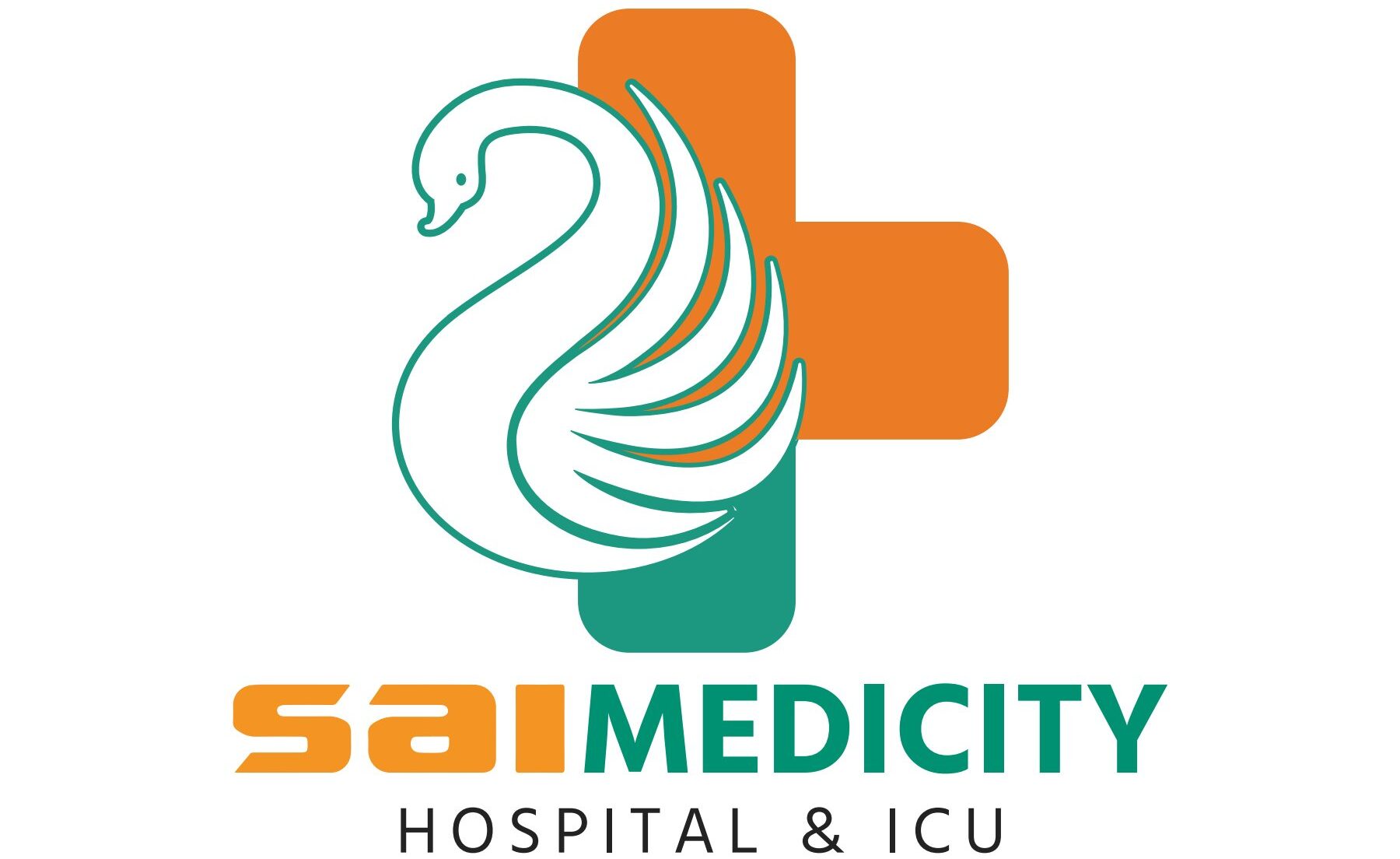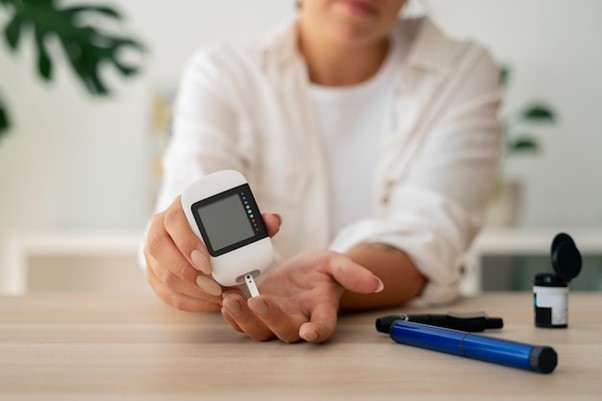What is type 2 diabetes? It’s a condition where your body doesn’t use insulin properly. This issue is known as insulin resistance. Insulin helps get glucose into cells, which is used for energy. When your body cannot use insulin effectively, blood sugar levels go up.
The causes of Type 2 diabetes include genetic factors, being overweight, and inactivity. Many people have a higher risk due to family history or ethnicity.
Early recognition of type 2 diabetes symptoms is crucial. Detecting these signs early can prevent complications.
Recognizing the Symptoms of Type 2 Diabetes
Recognizing symptoms of type 2 diabetes early is vital. Here are some common signs:
- Frequent urination and increased thirst: If you’re constantly thirsty or find yourself visiting the bathroom more often, it may be due to high blood sugar.
- Unexplained weight loss and fatigue: Losing weight without trying or feeling tired often could be another sign.
- Type 2 diabetes symptoms like leg pain: Pain or tingling in your legs or feet may occur.
- Signs and symptoms of type 2 diabetes in women: Women may experience infections or polycystic ovary syndrome (PCOS) symptoms.
Recognizing these signs allows for better management and reducing complications.
Managing Type 2 Diabetes Effectively
Managing type 2 diabetes and treatment involves several steps:
- Importance of regular check-ups: Visit your healthcare provider regularly to monitor your condition.
- Lifestyle changes: Adopt a healthy diet and exercise regularly. These diet changes can drastically improve blood sugar levels.
- Role of stress management: Stress can cause blood sugar spikes. Practice relaxation techniques like meditation or yoga.
- Monitor blood sugar levels: Use tools like glucose meters to check your blood sugar at home.
By following these strategies, managing your health becomes easier.
Treatment Options for Type 2 Diabetes
Various treatment options for Type 2 diabetes are available:
- Diabetes medications: Medications like Metformin are often the first line of treatment.
- Insulin for Type 2 Diabetes: Some may require insulin. Consult your healthcare provider to discuss the types of insulin drugs suitable for you.
- Oral antidiabetic drugs: Pills like Sitagliptin and Metformin help control blood sugar levels.
- Risks and side effects: Each medication type can have side effects, so monitor your body and report unusual symptoms to your doctor.
Explore different types of t2d drugs with your doctor’s guidance.
Preventive Measures and Risk Reduction
Reduce risks and prevent type 2 diabetes with these preventive measures:
- Maintain a healthy weight: Excess weight is a major risk factor.
- Healthy eating habits: Focus on whole foods, like fruits and veggies.
- Regular physical activity: Aim for at least 150 minutes of activity weekly.
- Minimize risk factors: If you smoke, consider quitting, and moderate alcohol intake.
These steps not only help prevention but also support better overall health.
Living with Type 2 Diabetes: A Balanced Approach
Living with type 2 diabetes requires balance:
- Combine medication with lifestyle changes: Both are necessary for effective management.
- Support networks: Connect with support groups or counseling for emotional help.
- Adapt lifestyle: Small adjustments in daily habits can be helpful.
- Ensure overall well-being: Mental health is as important as physical health.
By embracing this balanced approach, life with diabetes can be managed efficiently.

